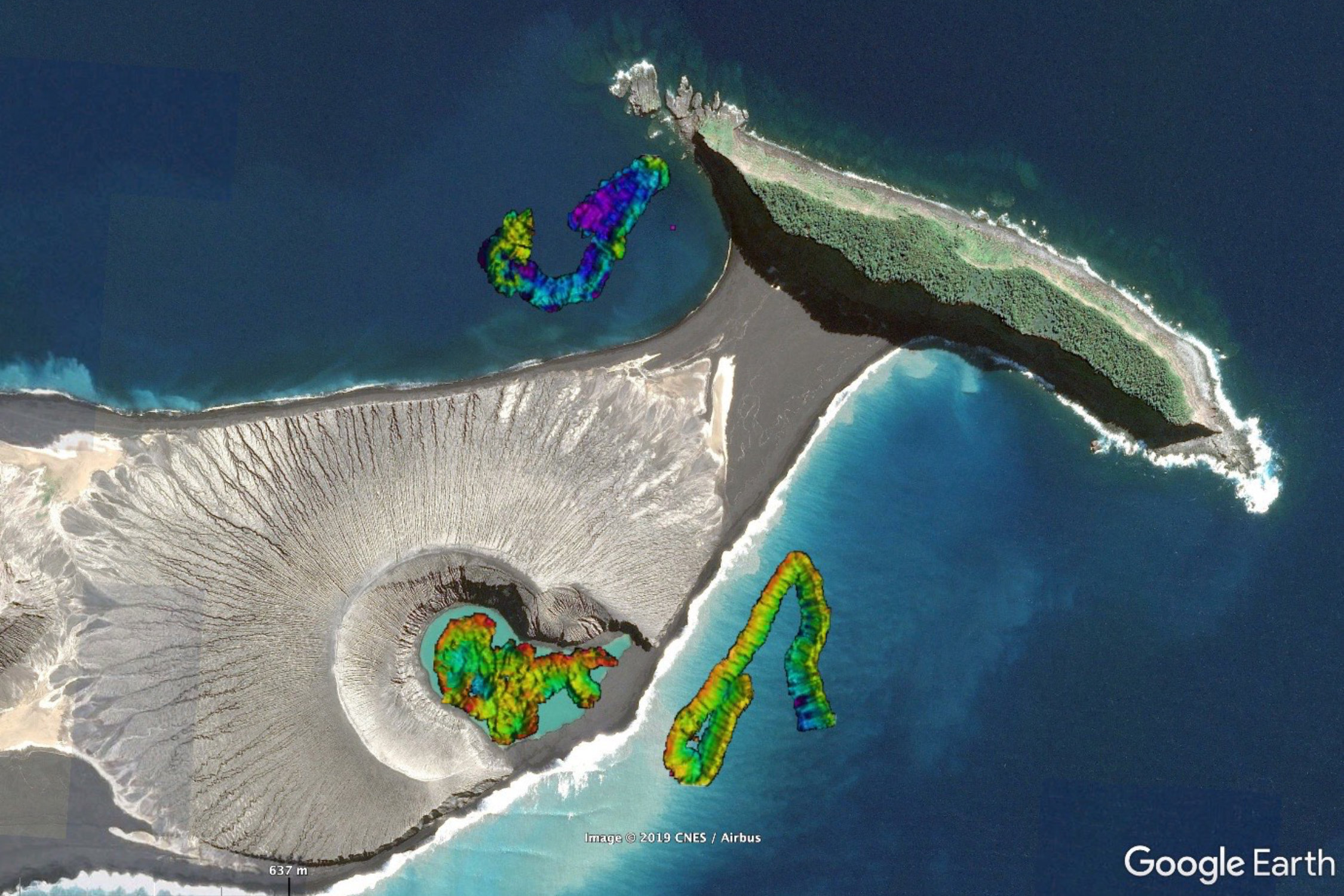HBM133: Prey of Worms
/Earthworm by Pearson Scott Foresman. 3D Art by Jeff Emtman.
Bodies are odd. Anyone who can see their own nose will tell you the same. So will anyone whose diet changed their body odor. And so will anyone who’s ever felt their phone vibrate in their pocket only to later realize it was a phantom ring.
Our bodies make stuff up constantly and do plenty of questionable things without asking our permission first. It can feel disorienting, especially due to the fact that being our sole points of reference, they’re hard to see outside of. So, people invent analogies for the body, ways to understand what it is, and how to use it.
On this episode, Jeff interviews the operators of several bodies on the models they’ve developed to help them navigate the strangeness of the world we live in.
Thank you Allison Behringer of the Bodies Podcast for sharing Juliana’s comic about bodies of water. And thank you Jackie Scott for helping record the freight elevator heard on this episode.
In the life of a man, his time is but a moment, his being an incessant flux, his senses a dim rushlight, his body a prey of worms, his soul an unquiet eddy, his fortune dark, and his fame doubtful. In short, all that is of the body is as coursing waters, all that is of the soul as dreams and vapors; life a warfare, a brief sojourning in an alien land; and after repute, oblivion.
—Marcus Auralius, Meditations, c. 180 AD. Translation by Maxwell Staniforth.
Heard on this episode:
Dr. Kelly Bowen is a naturopath in Seattle, Washington.
Juliana Castro is the senior designer at Access Now and the founder of Cita Press.
David Schellenberg is the singer and guitarist of Tunic, a noise punk band from Winnipeg, Manitoba.
Divya Anantharaman is the owner of Gotham Taxidermy in New York City. Divya’s been on the show before disassembling birds and explaining taxidermy. See HBM093: The Brain Scoop.
Tammy Denton Clark is a medical social worker in southern Utah. She’s also the mother of HBM co-host Bethany Denton.
Producer: Jeff Emtman
Editor: Bethany Denton
Music: The Black Spot, Tunic, Serocell, August Blicher Friis (👈 New!)
LDS president Boyd K. Packer explains how the body is like a glove.










